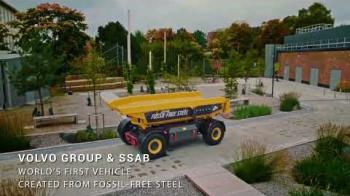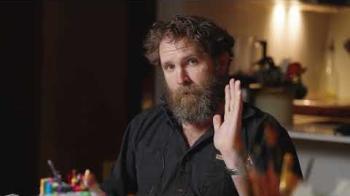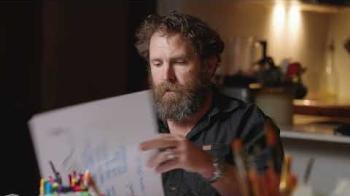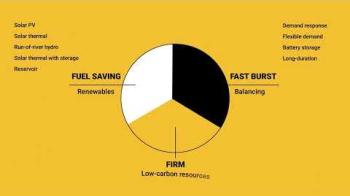Over 175 years of industrialism introduced unheard-of technologies and advancements, but at the cost of discarding waste — namely carbon dioxide — into the environment. Biomimicry, a design technique that looks to Mother Nature for inspiration, may be able to reverse those negative effects and create products that won't contribute to them.
GreenBiz's Joel Makower sat on the VERGE SF main stage with Biomimicry 3.8 founder Janine Benyus and author Paul Hawken to talk about examples of biomimicry technologies.
"The industrial age is an amazing discovery in itself," Hawken said. "What it does is take concentrated materials, primarily from the lithosphere — and from the biosphere — and disperses them everywhere on the planet: in the oceans, in our atmosphere, in our air, lungs and everywhere else."
"Life's really good at grabbing carbon dioxide, which we have a lot of right now," Benyus said. Designs based on such life forms could be incorporated into technologies to reduce carbon in the atmosphere.
Benyus talked about other designs, such as cactus-like spines that can collect liquid water from vapor in the air. Those same spines, she said, also were great at picking up oil from water.
Makower asked Benyus and Hawken why the industrial age failed to incorporate these designs.
"Why should it? They were having so much fun," Hawken said. "What the industrial age has done is take life away from the planet and turn it into goods and services."











